玻璃工厂 ——新金融时代的中国艺术
发起人:iberia_798 回复数:7
浏览数:4174
最后更新:2010/04/19 12:46:44 by guest

展览: 玻璃工厂 ——新金融时代的中国艺术
展览开幕:2010年4月15日,星期四下午四点
展览日期: 2010年4月15日—— 5月16日
出品人: 高平、邱晨枫
馆长:夏季风
艺术总监:左靖
策展人: 孙建春
艺术家:
陈劭雄、陈侗、洪浩、林一林、刘鼎、倪海峰、施勇、王鲁炎、王友身、Art-Ba-Ba & ARTSPY、颜磊、阳江组(郑国谷+陈再炎+孙庆麟)、杨振忠、朱加
项目负责:郭城
展览地址: 伊比利亚当代艺术中心(北京市朝阳区酒仙桥路4号798艺术区E06)
主办: 伊比利亚当代艺术中心
协办: 西班牙国际文化艺术基金会
展览主题:
这个展览的主题源自诗人欧阳江河的一首诗歌名,这首诗的第一句就是从“看见”开始,视觉穿透物质,物质在被触摸到之前都是抽象的、精神化的。
玻璃工厂,既造就了消费文明的神话囚禁(橱窗、大楼的玻璃外墙),更造就了消费文明的新观看方式(照相机、摄像机、电视)。玻璃既在中世纪参与了教堂的神话特征,也在消费时代参与了橱窗这一世俗神话。正是新的城市文明中的玻璃构建了消费心理,消费品“看得见,摸不着”的视觉文化直接作用于金融时代的一切细节之中。这种虚伪的透明性渗透在社会机制甚至社会群体心理的内部。
“玻璃工厂”某种意义上说是一个生发自艺术家内心自觉性的一个展览,1979年的改革开放至今恰好经历了整整30年,09年隐隐地显露出中国社会的“盘点”特征,中国社会中离奇古怪、花样百出的“现象”完全超出了任何既定的思想和学科的阐释范畴,这一无比混乱的现场构建出人类史上从未出现过的复杂“情境”。在巨大的场景前,我们总会有瞬间“被震惊”的空白,当我们试图假定09年是一个阶段性的终结,对话语的诉求就成为必然。我们需要一种新的审视方式来寻找这些现象背后的话语,所以,这个展览选择从生态的内部考察开始进入艺术机制,和以往强调单件作品的视觉性不同,“玻璃工厂”选择类似社会学和统计学的工作方式来完成和展示作品,“玻璃”强调了观看,而其透明性也许让我们一无所获,但是,起码我们在努力寻找着一种可行的方法来看到玻璃的实质。
问询及导览预订:
T + 86 10 5978 9530 / 5978 9531 F +86 10 5978 9537 info@iberiart.org www.iberiart.org
开馆时间:周二至周日10:00—18:00,周一闭馆
媒体咨询请联系:
+86 (0) 59789030 media@iberiart.org
Exhibition Information | For Immediate Release
Exhibition: Glass Factory — Art in the New Financial Age
Opening: 15 April 2010, Thursday, 16:00
Dates: 15 April — 16 May 2010
Producers: Gao Ping, Qiu Chenfeng
Director: Xia Jifeng
Art Director: Zuo Jing
Curator: Sun Jianchun
Artists:
Chen Shaoxiong, Chen Tong, Hong Hao, Lin Yilin, Liu Ding, Ni Haifeng, Shi Yong, Wang Luyan, Wang Youshen, Art-Ba-Ba & ARTSPY, Yan Lei, Yangjiang Group(Zheng Guogu + Chen Zaiyan + Sun Qinglin), Yang Zhenzhong, Zhu Jia
Exhibition Superviser: Guo Cheng
Venue: Iberia Center for Contemporary Art
E06, 798 Art Zone, no.4 Jiuxianqiao Road, Chaoyang District, Beijing
Organiser: Iberia Center for Contemporary Art
Co-organizer:International Art & Culture Foundation of Spain
Exhibition Concept
The exhibition title is an inspiration from a homonymous poem by the Chinese contemporary poet Ouyang Jianghe, which opens with the metaphor of “sight”: the conceptual penetration of the visual through matter which gives physical shape to everything originally abstract and spiritual.
Glass factory symbolizes a fairy-tale imprisonment of our culture of consumption (fashion window and the shimmering glass wall of skyscrapers), also suggests a new way of viewing typical of this age (camera, video camera and TV). Glass, once a characteristic representation of the medieval church myth, now is building a secular legend with fashion windows for the consumption era. It is exactly the “glass” born from a young urban civilization that is structuring consumptive psychology. The “visible but intangible” nature of consumption goods rooted in visual culture directly impacts every corner of the financial world. Its deceptive transparency infiltrates into the inside of social institution and even the mentality of a community.
“Glass Factory” in a sense is an exhibition that echoes with artists’ conscious pursuit. Thirty years have gone since the “opening-up and reform” of 1979. Various social symptoms seem to have been inventoried in China 2009: the bizarre and spectacular “phenomena” have gone beyond the interpretation of any existing ideas and disciplines, constituting an intricate “context” of the first kind that have ever appeared in human history. When confronted with an enormous picture, our minds tend to blank out due to the unexpected visual “shock”. If the year 2009 was meant to be a juncture point for the end of an age, the pursuit for an expression will naturally arise. It’s necessary for us to employ a new perspective in search for expressions responding to those phenomena. This exhibition attempts to embark in an art institution from an internal survey of art ecology. Unlike the customary emphasis on visuality of a single artwork, “Glass Factory” utilizes a way of working similar to sociology and statistics to install and complete the presentation of art pieces. “Glass” reminds us of the existence of “viewing”, whereas its transparency could lead us to nowhere. Despite of that, we are moving closer to a practical approach that may unveil the nature of glass.
Enquiries & Guided Tour Reservation
T + 86 10 5978 9530 / 5978 9531 F+86 10 5978 9537 info@iberiart.org www.iberiart.org
Opening Hours: Tuesday—Sunday 10:00–18:00, closed on Mondays
For media enquiries:
+86 (0) 59789030 media@iberiart.org

期待
啥时候的呀?

Chen Shaoxiong-1
陈劭雄 中艺行 装置、行为 尺寸不定 2008, 2010
Chen Shaoxiong BOCCA Installation and performance Size variable 2008, 2010
Chen Tong-1
陈侗 从陈师曾到陈侗 装置与绘画 2010
Chen Tong From Chen Shizeng to Chen Tong Installation and Painting 2010
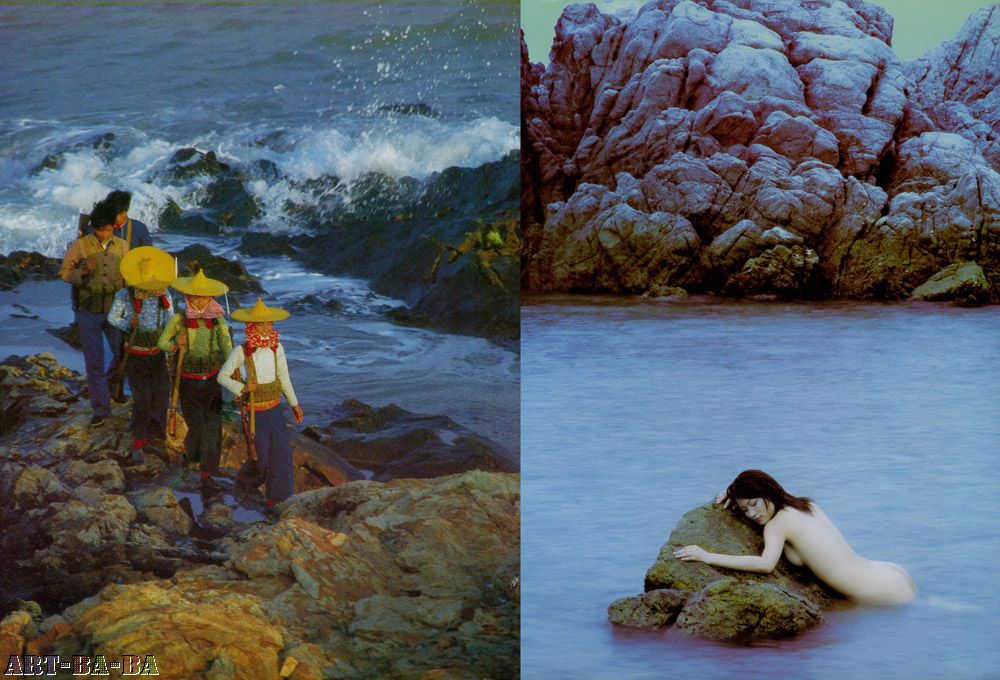
洪浩 奥赫纳双年展图录 28×21×4cm 2005
Hong Hao Oahgnoh Biennale Catalog 28×21×4cm 2005
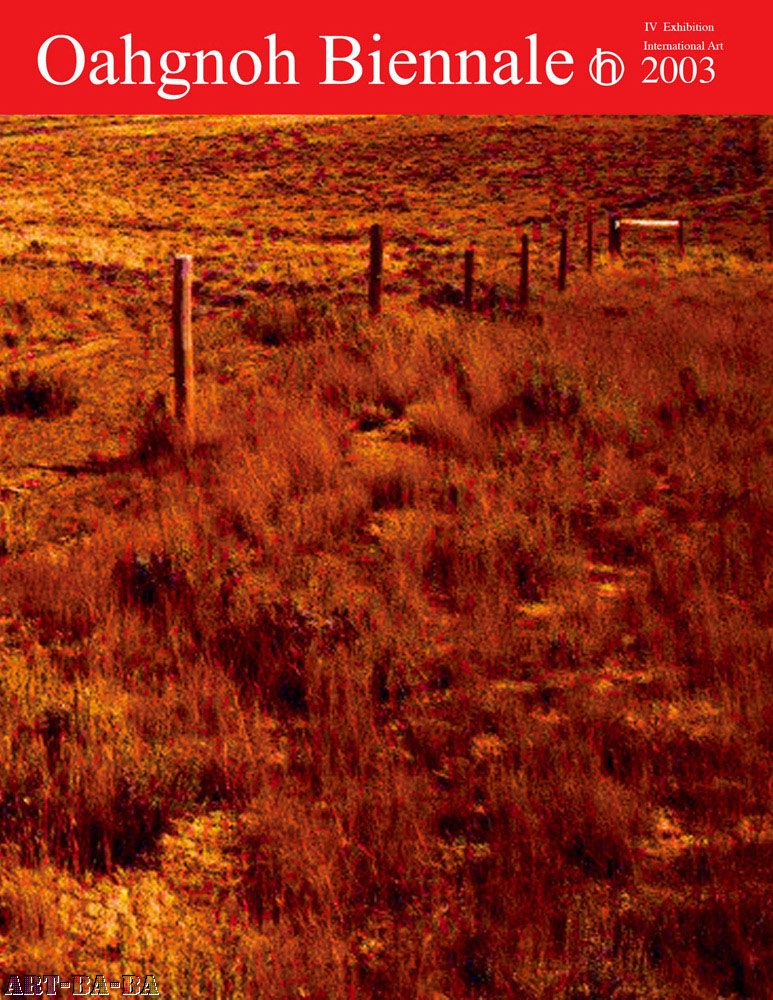
洪浩 奥赫纳双年展招贴 80×100cm 2003
Hong Hao Oahgnoh Biennale Poster 80×100cm 2003
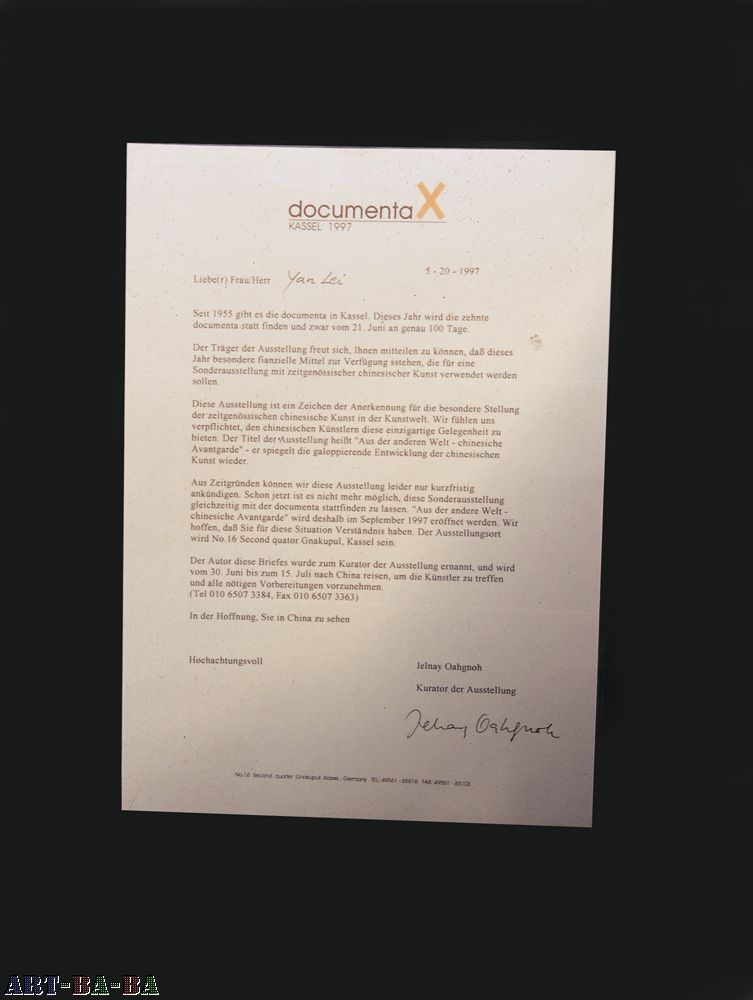
洪浩(与颜磊合作) 邀请函 1997
Hong Hao(Collaborate with Yan Lei) Invitation 1997
奥赫纳是一个想象中的身份,我经常以这个身份来进行艺术的构思。《奥赫纳双年展》是2003年以来我开始做的系列作品,它是以书的形式呈现的一个想法,对书中图片的选择和将它们进行新的组合是我工作的兴趣,因为其所构成的浪漫和诗意的情绪让人遐想。
Oahgnoh is a virtual identity, under which my work plans are executed. Oahgnoh Biennale is a series started in 2003, which is presented in the form of publications. The work of selecting images for the book and using them to make different combinations never tires me, simply because it composes a romantic and poetic atmosphere letting me loose my imagination.
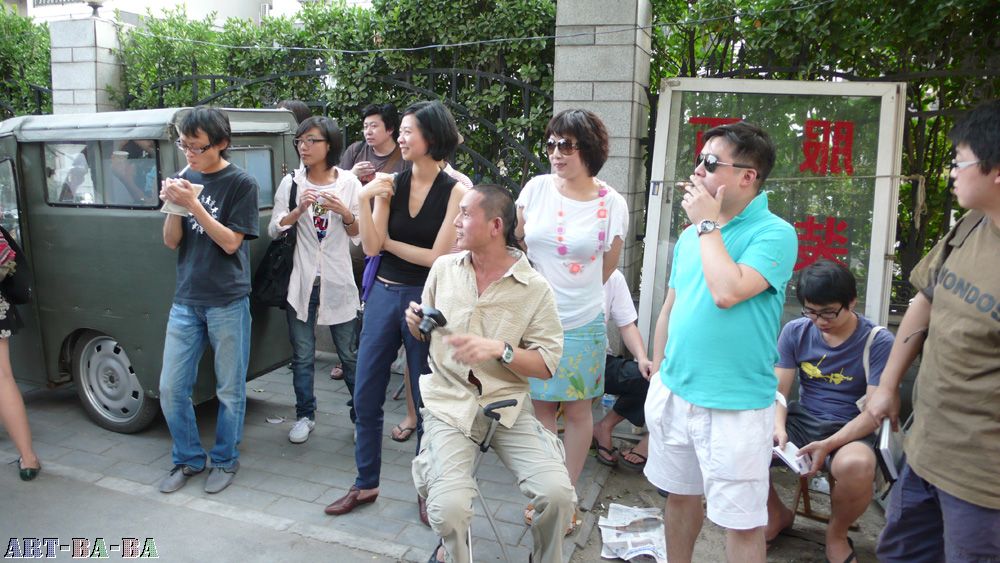
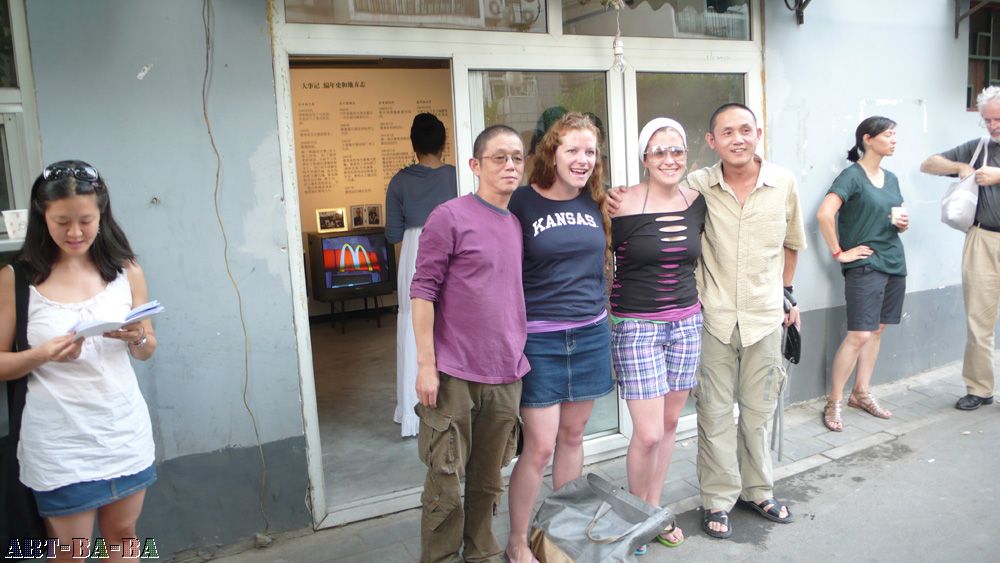
林一林 开幕式 录像装置 9分钟 2009
Lin Yilin The Opening Single channel video installation 9mins, video, sound 2009
开幕式作为行业的一种权利表达,里面涉及多重和复杂的人际关系而演化为阶级的短暂划分,这种仪式的不断重复便制造了大大小小的体现威权的场所。大型的开幕式被划分为官方、记者和专业人士等几个部分,这种体制化的操作避免了意外事件的介入,亦既是说是以某一特定阶级的群体到场来避免阶级之间的冲突。大人物和明星的到场把开幕式转变为社会的事件而具有新闻性,跨行业的碰撞总是能达到共同提高的社会效应。
Opening ceremony as a way of asserting professional authority, involves multi-layers of intricate interpersonal relationships, which then evolve into temporary class divisions. The continuous repetition of this kind of ceremony creates locations of different sizes for authority and power. Large-scale openings are categorized into different sections, such as the official, journalistic and professional. This systematic manner of operation effectively avoids the intervention of accidents; in other words, inviting specified groups to the venue is a way to evade class conflicts. The presence of big shots and celebrities turns openings into social events and attaching journalistic effects to it. The confrontation across different professions always leads to a win-win situation in society.
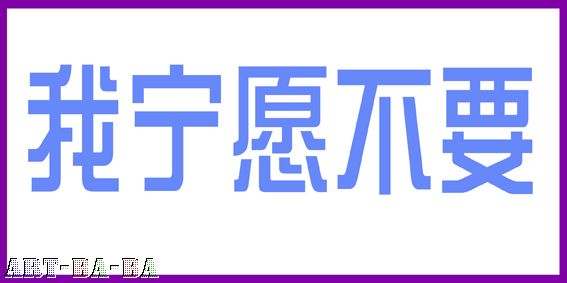
刘鼎 不和不 装置 木、油漆 2010
Liu Ding Not & Not Installation Wood, paint 2010
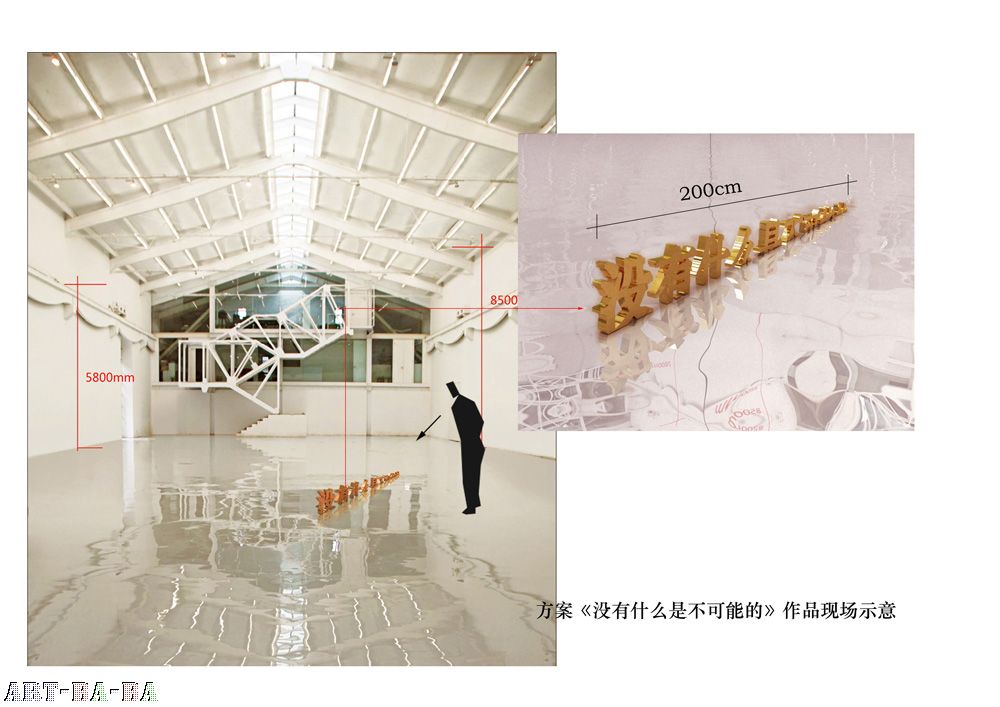
施勇 没有什么是不可能的 装置 2010
Shi Yong Impossible Is Nothing Installation 2010
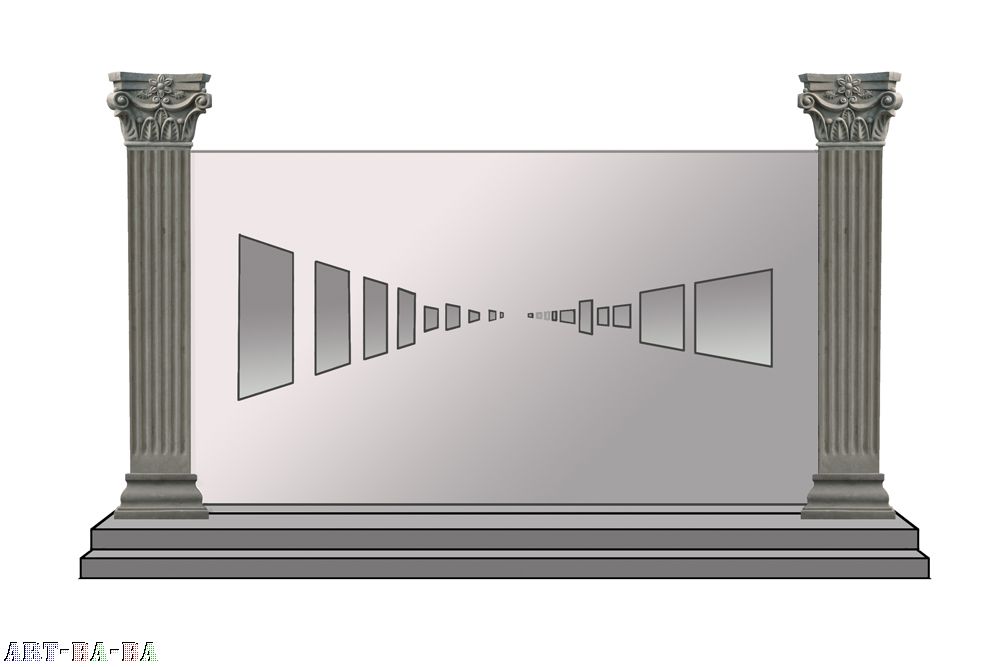
王鲁炎 易碎的预言 装置 2010
Wang Luyan Fragile Prophecy Installation 2010
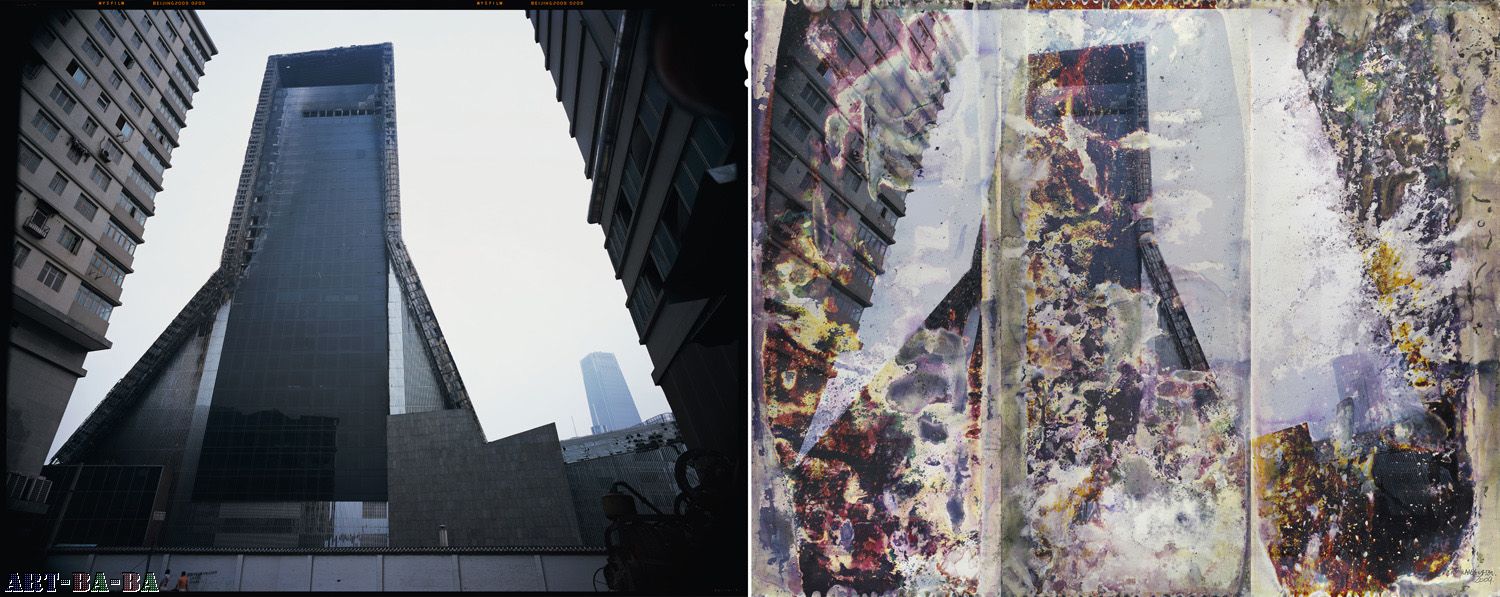
王友身 清洗•北京2009-0209 照片、水 376×300cm×2 2009
Wang Youshen Washing•Beijing2009-0209 Photograph, water 376×300cm×2 2009
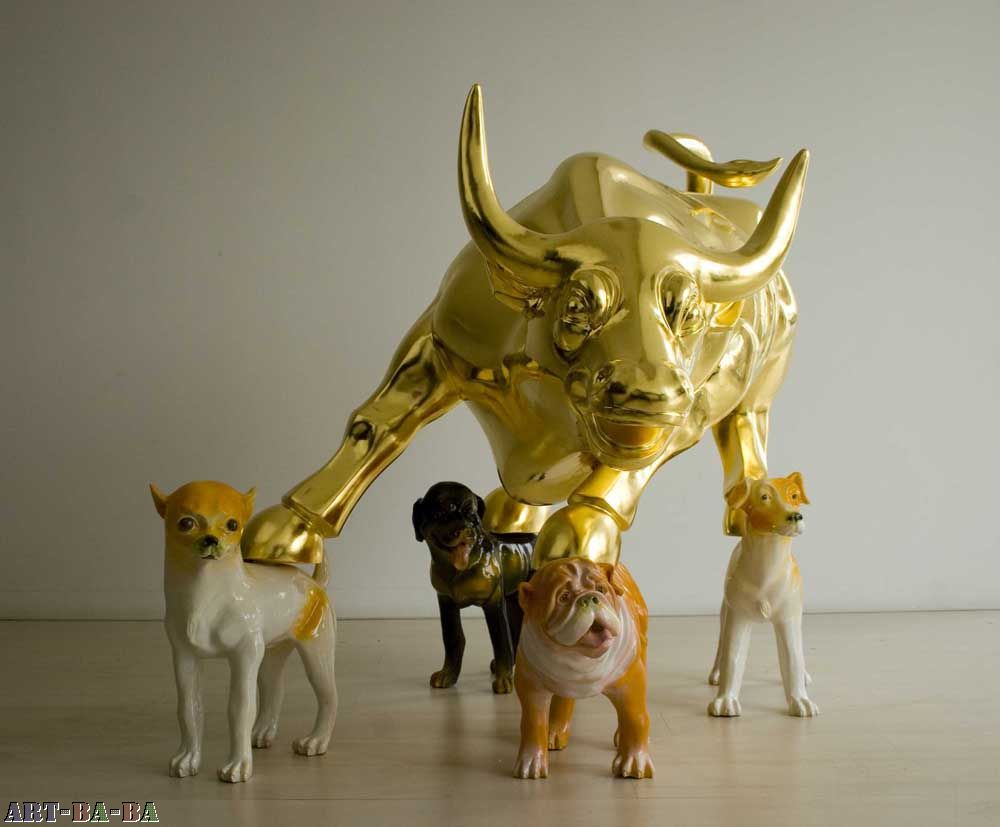
颜磊 狗年牛市2007 雕塑 铸铜、不锈钢、镀金 150×110×117cm 2007
Yan Lei Dog Year Bull Market 2007 Sculpture Cast-Copper, stainless steel, Gilded 150×110×117cm 2007
阳江组(郑国谷+陈再炎+孙庆麟) 最后一日 • 最后一博 2006
Yangjiang Group (Zheng Guogu + Chen Zaiyan + Sun Qinglin) Final Day • Final Fight 2006
明明是“最后一日”,但到了第二天它还开门,继续做它的“最后一日”的生意,变成了每日都是最后一日,每日都是最后一搏,从开幕到结束也是天天都是最后一天。
Though its “final day”, it still opens the door on the second day and continues to do its “final day” business. It turns out that every day is the last day, and every day is the last fight. From the opening to the end, every day is the last day.
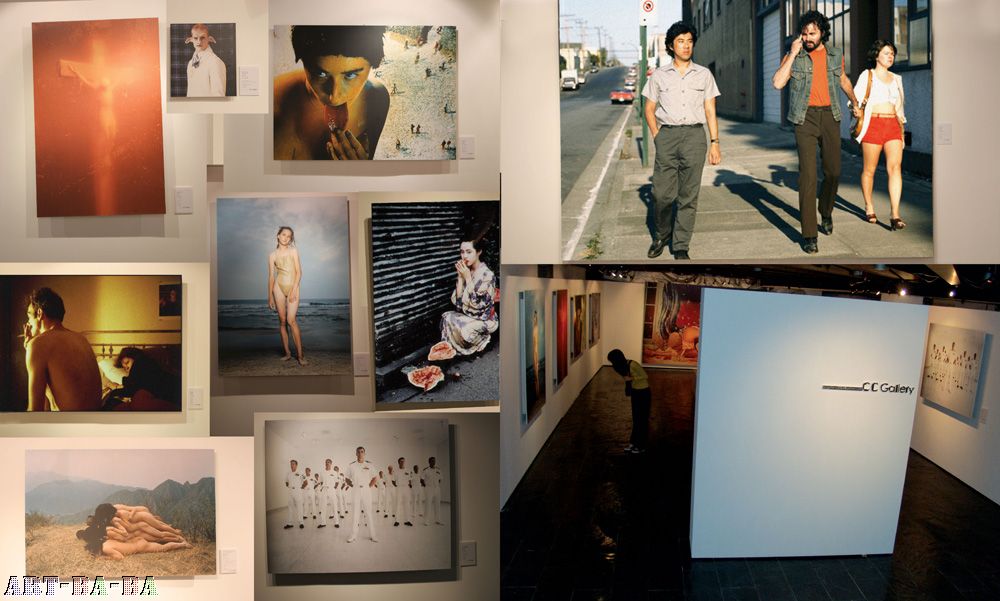
杨振忠 CC Gallery 2004—2009
Yang Zhenzhong CC Gallery 2004—2009
CC Gallery
CC Gallery成立于2004年9月,代理、制作和出售世界各地当代最著名摄影艺术家
的作品。CC Gallery为您从网络搜索和下载这些作品,并按照原尺寸放大出售。
CC Gallery, established in September 2004, represents, produces and sells works by some of the most famous contemporary photographers in the world. CC Gallery finds and downloads for you internet pictures of these works, printes them according to the size of the originals and sells them.
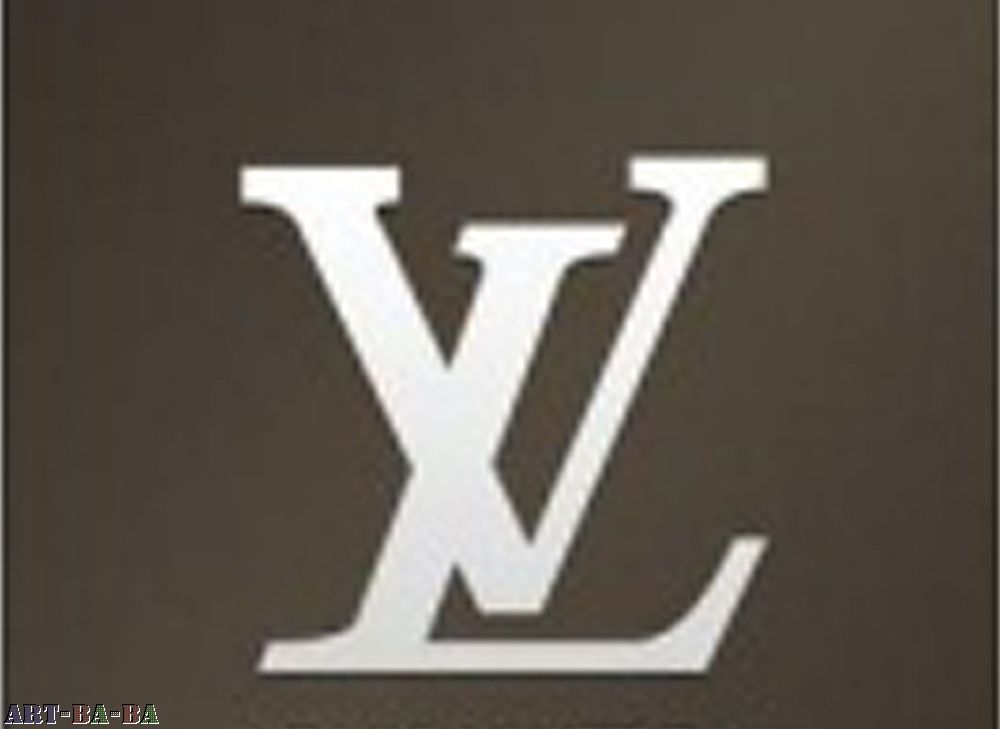
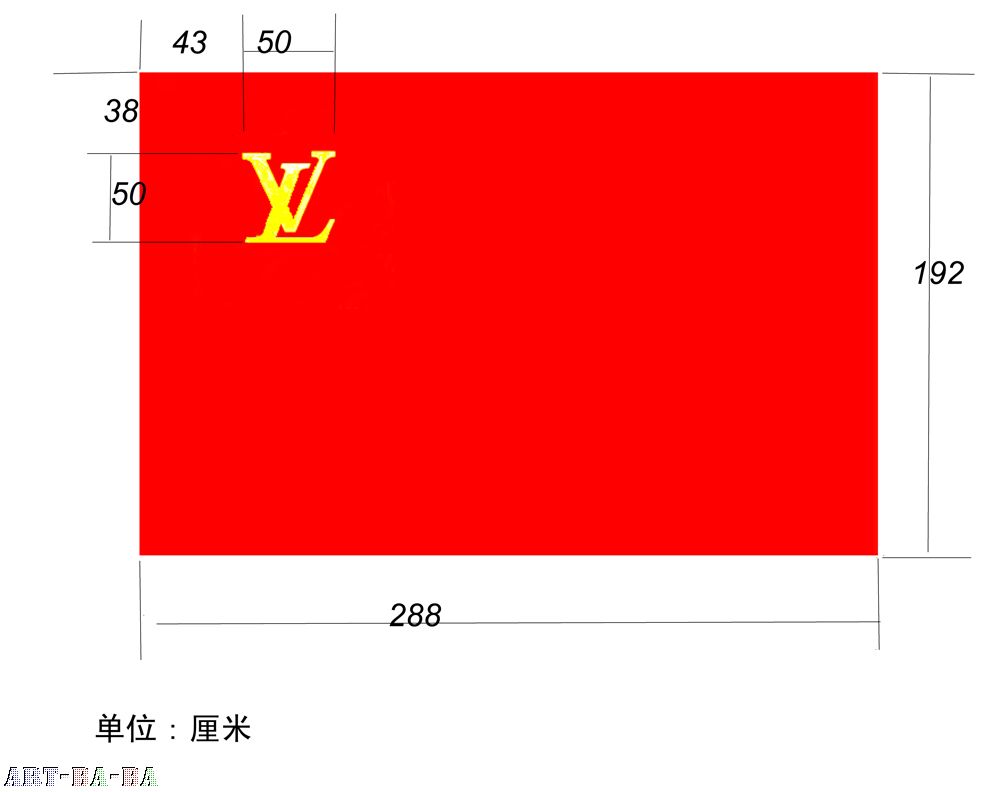
朱加 红旗 装置 2009
Zhu Jia Red Flag Installation 2009

